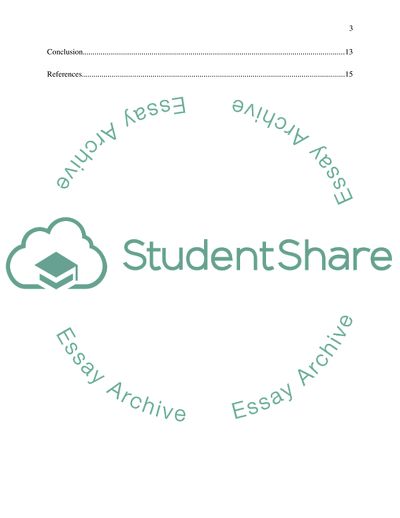Cite this document
(Developing a Marketing Plan for Kingfisher Airlines Limited Case Study, n.d.)
Developing a Marketing Plan for Kingfisher Airlines Limited Case Study. https://studentshare.org/marketing/1847447-choose-a-companyideally-your-choice-will-be-in-trouble-or-experiencing-a-period-of-change-develop-a-marketing-plan
Developing a Marketing Plan for Kingfisher Airlines Limited Case Study. https://studentshare.org/marketing/1847447-choose-a-companyideally-your-choice-will-be-in-trouble-or-experiencing-a-period-of-change-develop-a-marketing-plan
(Developing a Marketing Plan for Kingfisher Airlines Limited Case Study)
Developing a Marketing Plan for Kingfisher Airlines Limited Case Study. https://studentshare.org/marketing/1847447-choose-a-companyideally-your-choice-will-be-in-trouble-or-experiencing-a-period-of-change-develop-a-marketing-plan.
Developing a Marketing Plan for Kingfisher Airlines Limited Case Study. https://studentshare.org/marketing/1847447-choose-a-companyideally-your-choice-will-be-in-trouble-or-experiencing-a-period-of-change-develop-a-marketing-plan.
“Developing a Marketing Plan for Kingfisher Airlines Limited Case Study”. https://studentshare.org/marketing/1847447-choose-a-companyideally-your-choice-will-be-in-trouble-or-experiencing-a-period-of-change-develop-a-marketing-plan.


